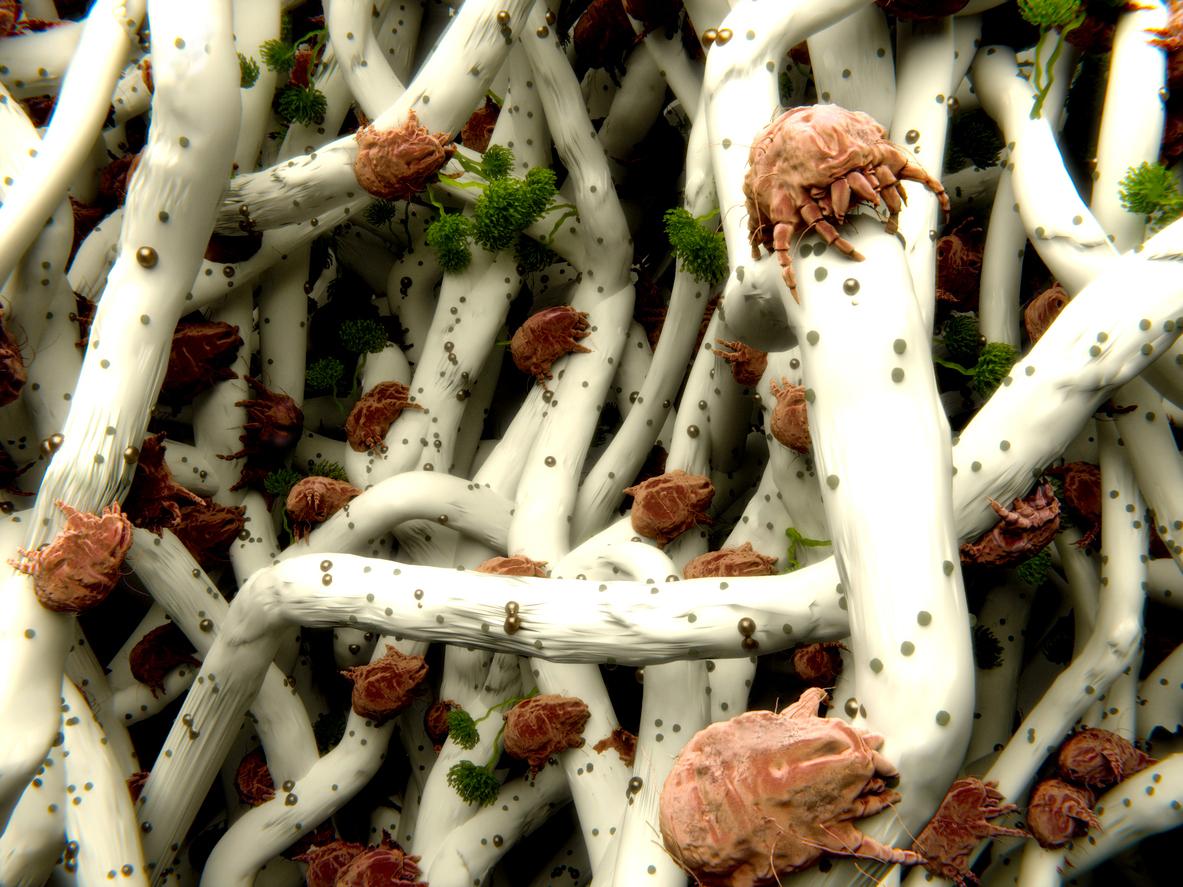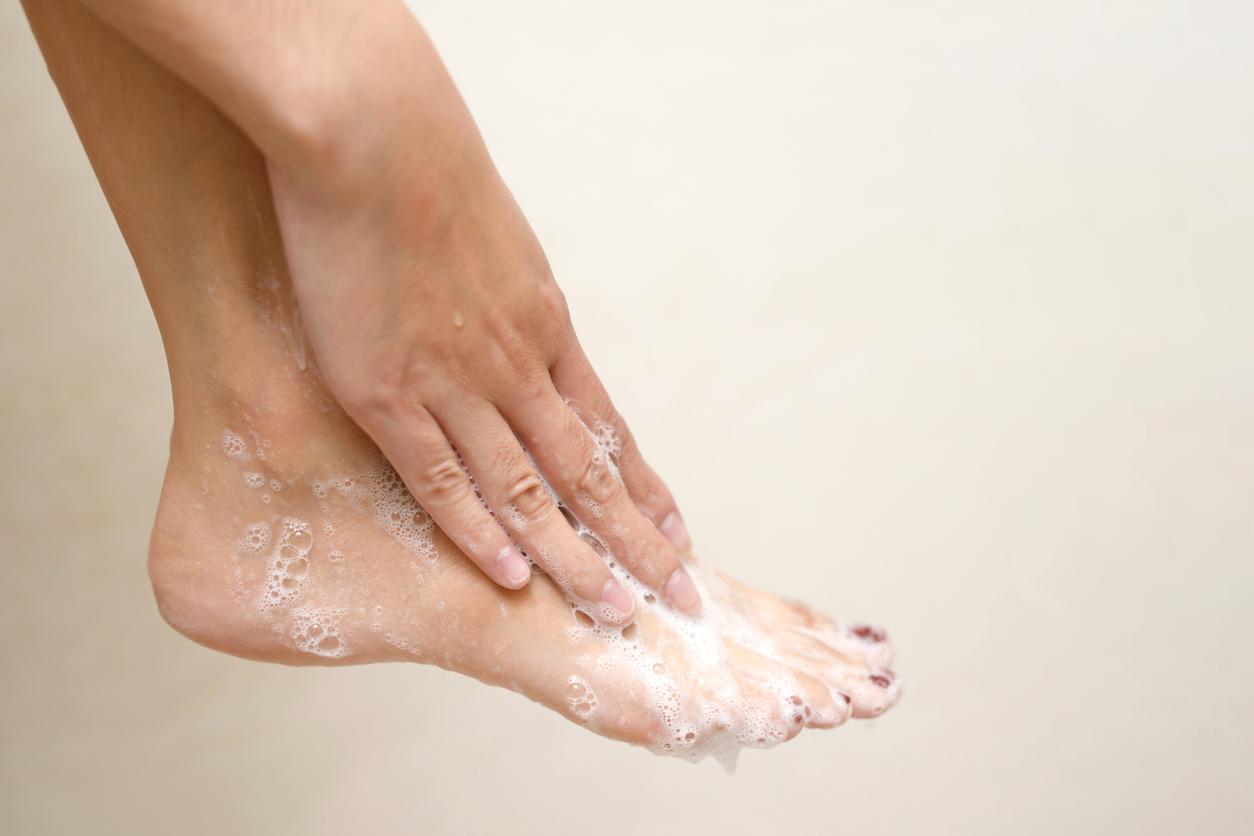The mouth is a gateway for bacteria. However, the gums are directly linked to the blood circulation therefore, in the absence of oral hygiene, a bacterium can be found everywhere in the body and accentuate existing health problems, even be responsible for a heart infection for example. Poor oral health can also be responsible for deficiencies.
Conversely, people suffering from diabetes or cardiovascular pathologies in particular must be particularly vigilant because these pathologies can affect their teeth, so remember to warn their dentist.
On video with BFM Paris “Your health”: oral hygiene, what good reflexes?
The number one enemy of teeth: sugar
We all have this advice in mind: “Don’t eat candy, you’ll get lots of cavities!”. The reason ? In our mouths, as in our entire body, there are perfectly harmless bacteria, which feed mainly on sugars and which they then degrade into acids. These acids gradually attack the enamel of the teeth until a hole appears, it is decay. But beware, sugar is not only found in candies. You must also be wary of hidden sugars, especially industrial ready meals, aperitif cakes or crisps.
Watch out for snacking
The human body is well made: as soon as the acidity increases in the mouth, saliva has the ability to gradually lower this acidity. But the problem is that when you nibble constantly, saliva no longer has time to play its protective role against cavities.
The advice is to choose a low-sweet snack, why not a dairy product, for example a yoghurt. The advantage is that it is rich in calcium, a nutrient that helps remineralize tooth enamel.
For the children’s snackit is also better to accustom them very early not to eat too much sugar.
The advice is to offer them water or a glass of milk rather than sodas.
Read also:6 foods that prevent cavities
Sweet or diet soda is bad for your teeth
The problem with sodas, sweet or light, is also that they are acidic: the acidity of a soda is equivalent to that of a lemon. Who says acidity, says erosion of the enamel therefore risk of cavities. So even light is to be avoided.
Ditto for citrus fruit juices which are sweet AND very acidic. In particular grapefruit juice, which is the most cariogenic.
This is also the case for energy drinks used by athletes, which are also very acidic and very sweet. And besides, it is for this reason that athletes often have more significant carious problems.
The trick: using a straw avoids spreading the acidity throughout the oral cavity.
Bad breath: often linked to poor dental hygiene
In 8 out of 10 cases, bad breath (halitosis) is of oral origin and should encourage you to consult a dentist. For what ? Because the bacteria which are in the interdental spaces and which degrade sugars into acids, at the same time produce volatile sulphurous and malodorous compounds.
This is why we must not neglect interdental cleaning. To avoid this, you can use dental floss or brushes, or even mouthwashes to complete the brushing.
In the other cases, its cause is rather digestive, even linked to a problem of hydration, moreover observed with the wearing of the mask. Already, we tend to drink less when we wear a mask. Then, the mask encourages mouth breathing rather than nose breathing. So result: it can generate a slight dry mouth.
The advice: stay well hydrated throughout the day and if bad breath persists, consult a dentist.
Brushing your teeth twice a day is possible
In the new recommendations of the French Oral Health Union, if you cannot brush your teeth 3 times a day, you can do it twice, for 2 minutes.
- And instead you can chew sugar-free gum because chewing will make you salivate so it will have an anti-cavity effect;
- Or rinse your mouth with plain water (to remove sugar and acidity)
Also remember not to forget the area to be cleaned, especially the inner face of the teeth or the back teeth which are a little difficult to reach.
- It is important to alternate vertical and rotary movements, but never horizontal because they damage the enamel;
- And to brush from pink to white, that is to say from the gums to the tooth, in order to properly eliminate dental plaque.
Change your toothbrush often
The electric brush removes two to three times more dental plaque than a conventional brush.
On the practical side, electric toothbrushes are generally easier to grip and handle, so they are recommended for older people whose hand mobility is often less. For children, they have a playful side that can motivate them to brush their teeth.
Two tips for the manual toothbrush:
- Prefer toothbrushes with small heads because they are easier to handle and allow you to clean all the teeth, including the back teeth;
- Choose brushes with soft bristles because they are gentler on your teeth and avoid damaging and bleeding gums.
And of course, the most important thing is to change it regularly. Ideally, every 2 to 3 months because they are markers for bacteria.
Consider fluoride toothpaste
If most are of good quality, always favor fluoride toothpaste. Fluoride is a mineral that will attach to the tooth enamel to strengthen it and make it less sensitive to acid attacks, and therefore to cavities.
The trick: at the end of brushing, spit out the excess toothpaste, but do not rinse your mouth, which leaves a light film of fluoride so that it acts on the teeth longer.
Don’t wait until you’re in pain to see the dentist
Don’t wait until you have a toothache to see your dentist. Indeed, when the pain is there, it means that the cavity has already been installed for a long time.
This is also an opportunity to do some descaling. The problem, in addition to being unsightly, is that tartar promotes the development of gingivitis (inflammation of the gums, which bleed at the slightest touch) or even periodontitis, causing loosening of the teeth.
SO once a year, we make an appointment with the dentist. Even more often for people at risk: smokers, diabetics, pregnant women…
In children, the first visit should be made at one year old because babies can have cavities, then follow-up visits every year. Thanks to the MT dents program, you can benefit from free appointments covered by health insurance from the age of 3 years of the child and every 3 years.
















